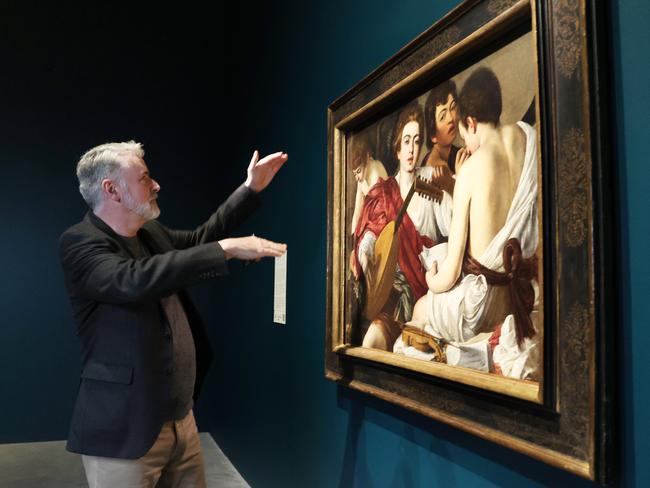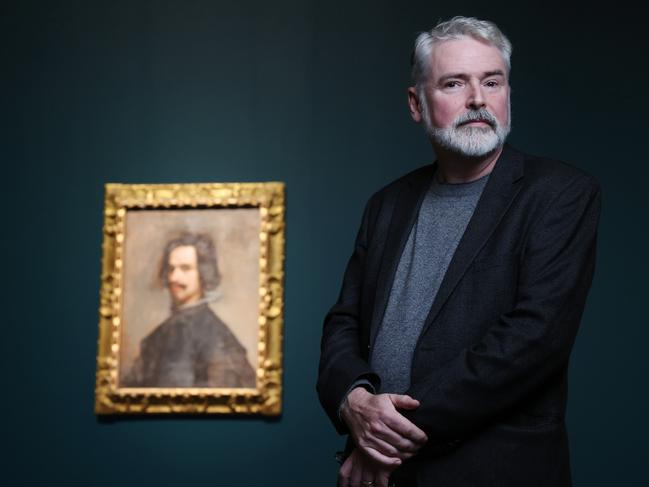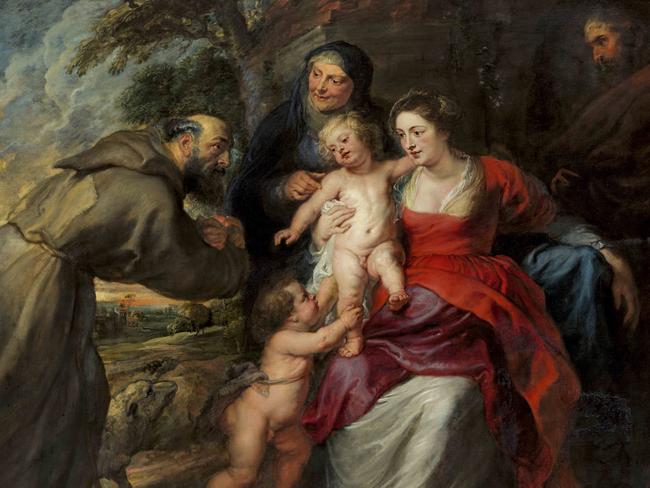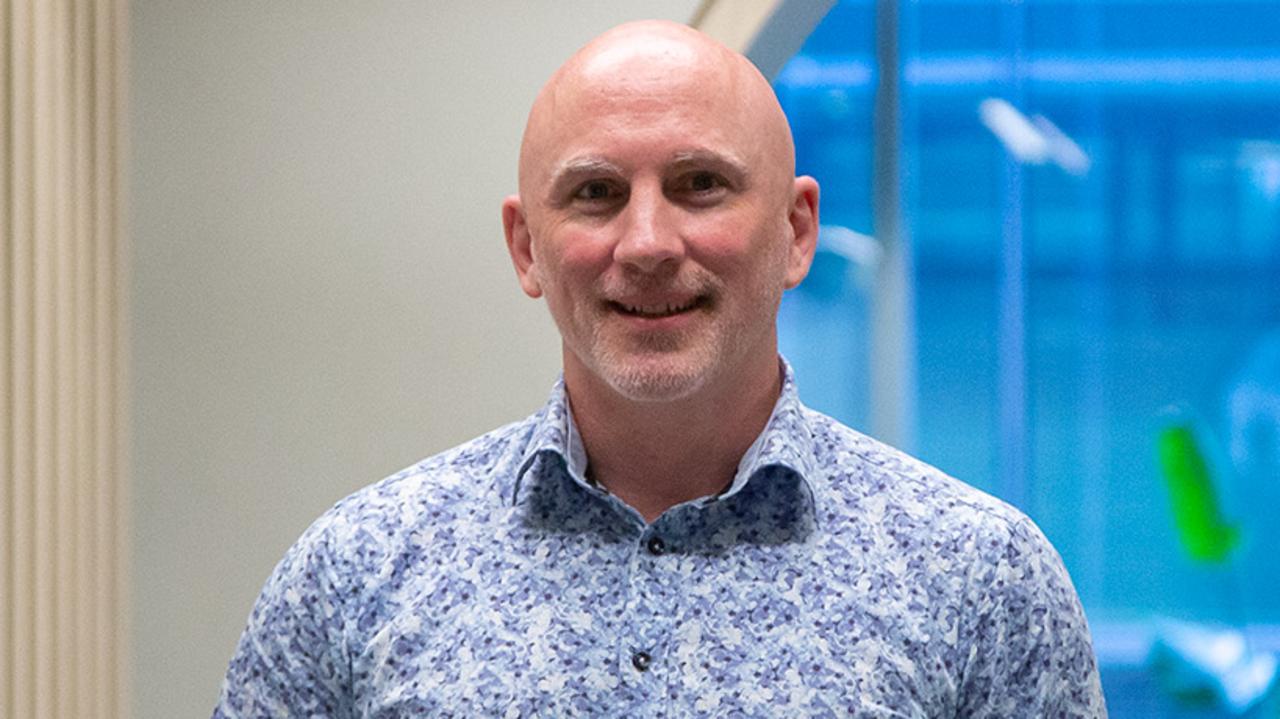New York’s Metropolitan Museum of Art sends 65 European masterpieces to Brisbane’s Gallery of Modern Art
A treasure trove of The Met’s most treasured European paintings have journeyed across the globe and arrived in Australia for public viewing.
SmartDaily
Don't miss out on the headlines from SmartDaily. Followed categories will be added to My News.
When Covid-19 first tore through New York City in early 2020, The Metropolitan Museum of Art closed to the public and put its 150th anniversary celebrations on hold.
Behind the scenes, while the museum on Fifth Avenue fell silent, staff under director Max Hollein paused their usual tasks to help a city in crisis.
Specialists in The Met’s textiles department, working from home, ran up countless fabric masks for city health workers who were running short on the frontlines of the pandemic.
The museum’s deputy director for conservation Michael Gallagher and his team packaged up the medical-style supplies they use in their labs and studios and shipped them off to New York’s overstretched hospitals.
Gallagher remembers the gloves, Tyvek suits and aprons, surgical booties, goggles and N95 face masks that left The Met in those early, dark days.

Against that backdrop of calamity, it’s amazing that 65 of the museum’s most treasured European paintings have journeyed across the globe and arrived in Australia in perfect order.
They go on view from Saturday until October 17 at Queensland’s Gallery of Modern Art where director Chris Saines and his staff have created glorious gallery spaces to welcome their visitors.
The exhibition is European Masterpieces From The Metropolitan Museum of Art, New York. Brisbane is hoping to draw visitors from over the country to the exclusive Australian venue for the show that boasts works by giants of the art world including Caravaggio, Titian, Vermeer, Monet, Cezanne and van Gogh.
During installation in Brisbane, Gallagher noticed one of the GOMA art handlers gazing at El Greco’s The Adoration Of The Shepherds c. 1605-10.
“He just sort of said, ‘wow, I’ve never seen a work by this artist in person’,” Gallagher says.
“And I wrote back to The Met, because this has been a logistically very difficult show on all sides to make it happen, and it was like that moment where you think, ‘that’s why we do it’.”

For Gallagher, each painting in the show has a story.
Soon after he arrived at The Met in 2005, chairman of European paintings Keith Christiansen asked his opinion of a stunning portrait now credited to Spanish master Velazquez, and titled Portrait Of A Man c.1635.
In 2005, the painting was attributed to “the artist Velazquez’s workshop”.
But when Gallagher cleaned “a sandwich of old varnish layers” off the canvas, evidence of Velazquez’s own hand was revealed.
Furthermore, Gallagher is convinced the piece is a self portrait.
“In Velazquez’s post mortem inventory there is ‘self portrait with the vestments unfinished’, and I think it’s this,” Gallagher says.
Gallagher says photography and filmmaking owe much to old master paintings such as Veronese’s Boy With A Greyhound c. 1570s.

“They showed how to make someone look elegant, and how to light a face to best advantage,” he says.
Gallagher says Caravaggio’s The Musicians, 1597, exemplifies his job as a “broker” between the artist’s original intentions and the artwork’s present condition.
“When you encounter this picture, you don’t think about aspects of condition,” Gallagher says. “It’s worn in places, and there’s damages and rubs. But there’s something about really great paintings. They defy aspects of their condition. It’s like some sort of great older actor — they turn up and they deliver.
“With other sorts of art, the scars of time or the misdeeds of people against them, move you further and further away from them.
“It always amazes me.”
It will amaze you, too.
The author flew to Brisbane courtesy of Art Exhibitions Australia.




